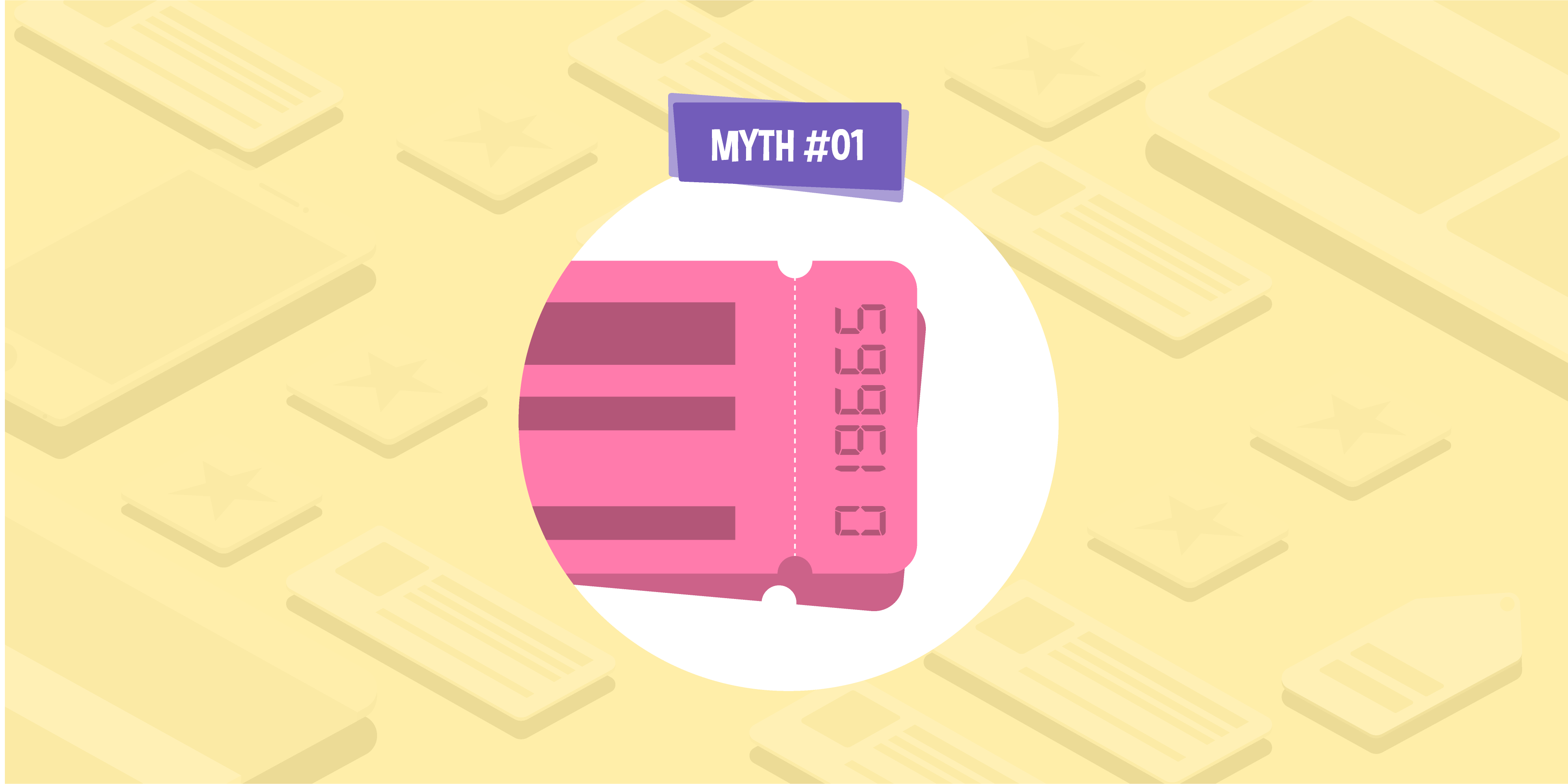
- 18 Jan 2016
- 5 Min read
What to do next after optimising your website
- by Lois Bell
It’s the inevitable issue that all SEO professionals face when improving a website’s search performance. Whether you’ve been working on a client’s website or your own, there comes a point when the well of things that need fixing starts to dry up.
With any luck (and a lot of expertise), after the first few months of optimisation, your technical issues should have been resolved, URL structures simplified, and your on-page content should start to tick all the right boxes.
This might not seem like such a bad problem to have, given that all of the above will help your website climb search rankings, earn more traffic and social shares, and ultimately increase conversion rates. However, it’d be naïve to think that once your website has reached SEO standards you can sit back and relax.
It’s important at this stage not to fall in to the mistake of focussing the remainder of your resources solely on outreach, abandoning your SEO efforts in the process. If you do, you run the risk of algorithm updates eventually rendering your original methods invalid, or missing out on crucial opportunities for future growth.
So what do you do next? To overcome this SEO sticking point, once you’ve fully optimised your website you should start looking to capitalise on the following three areas to continuing increasing your search engine ranking.
Targeting new keywords
It might seem obvious, but expanding on the keywords you pursue and developing new onsite content is a good option when traffic starts to level out. Once you’re ranking well for your chosen keywords, reassess your potential audience and consider related keywords which you could also target with high-quality content.
For instance, while your initial SEO efforts might have helped you climb rankings and earned you a fair amount of natural links, if this doesn’t result in traffic that converts then you need to think about how to engage visitors more effectively.
Although online tools that show you what kind of content is currently doing well can be helpful, it is also a good idea to create content that does not already exist. This is tricky (otherwise everyone would be doing it), but this is the type of content that will earn links and boost rankings, as well as drive direct traffic that converts.
Your new killer content should…
- Embrace things that you/the brand is passionate about
- Stimulate visitors to want to share it
- Add value to the brand
- Have a unique angle
- Incorporate imagery
International growth
Areas where your brand (or the brand that you represent) already has a considerable foothold in the national market are potential avenues for online growth through international targeting. However, you should never assume that just because a product or service is particularly successful in one country, it will be just as successful in another. International SEO is a big undertaking, so whether you’re looking to develop new top-level domain extensions or subfolders, you should always carry out your market research first.
‘Test the waters’ with international targeting by implementing a few relatively small changes to your website to see what impact it has on search performance. For example, you might like to start out by including product or service descriptions in an alternative language to those currently offered.
NB: Users will still have to purchase the product in your local language, but they will now have the benefit of knowing that the product exists.
By creating content in another language, your site will be taking significant steps to attaining a global presence. Although there is a lot more you can do to improve your global targeting, this is a good starting point for brands that want to amplify their audience through basic international SEO practices.
Moving through the online marketing funnel
In digital marketing it’s important to consider the type of things your prospective customers are searching for long before they even think about purchasing your product or service (Our blog posts about the purchase cycle cover the customer journey in detail — see part one and part two).
This means that in order to move your audience through the buyer funnel, you should avoid limiting your keywords and content to those that lead to direct conversions. The more niche your keywords are, the more likely you are to be missing out on potential customers who are at the start of the buyer funnel.
Instead, you should focus your research more on key terms that are high-value but are less competitive. This offers more opportunities for search traffic growth as keyword and content potential is far greater higher up the funnel. By focusing your conversion funnel around more educational content, your brand can build a loyal audience that will not only return to your website time and time again, but will also promote your products or services to others.
Finally…
This blog post is not exhaustive; however, it does provide some useful insights on how to increase your organic search growth after optimising your website. If you think you could benefit from Glass Digital’s technical expertise, please do not hesitate to contact the team today.
For more digital marketing insights and news, you can follow our social media pages. Connect with us on Twitter, Facebook, LinkedIn, and Google+.

